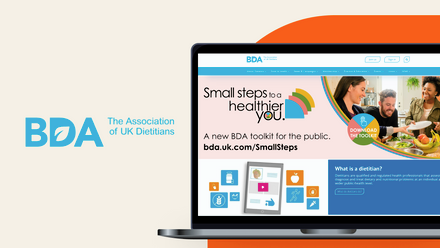Cybersecurity best practice for organisations
Cybersecurity is business-critical. The impact of a data breach can be immense: costing you both reputational damage and lost business. Looking to achieve cybersecurity best practice? Discover these 5 top tips from established expert Paul Overton.
1. Think Confidentiality, Integrity and Availability
Within cybersecurity, "CIA" stands for Confidentiality, Integrity, and Availability. This is a security model developed to help people with the key principles of cybersecurity and data protection. I believe understanding and putting these key principles into practice is vital to achieving cybersecurity best practice.
- Confidentiality
Who can access the data? - Integrity
Where is the data, and who can edit it? - Availability
When is the data accessible?
Confidentiality and integrity are well-known, but availability is often forgotten. These three aspects work hand in hand to keep your systems secure and user-friendly.
The most appropriate place to store this information is in your employee contracts - however, we understand that this might not be attainable short-term.
For a quick win, make sure to distribute a remote working policy and set up online training sessions if there are immediate cybersecurity challenges that need to be addressed.
Having a Coding Standards policy, and a set of processes everyone follows is imperative to this. Followed up with good quality control, you have a solid set of processes to fall back on.
Pixl8 recognises that lockdown has resulted in hackers having more time on their hands. However, we see no evidence of any security or data breaches with our own sites - we're being proactive to ensure site code is as up to date and secure as possible.
Consider that remote workers in different countries can pose a problem for companies handling sensitive data; there are legal implications once data leaves a geographic area.
For video conferences or remote training, use passwords and waiting rooms to ensure only authorised users are allowed into your meetings or events.
To recap
If you want to achieve cybersecurity best practice, you need a good handle on the basics, and to take a proactive approach. As I mentioned earlier, the one thing hackers have on their hands which you don’t is time.
If you want to mitigate the potential risk of a cyber attack or data breach, you should be taking steps at all levels of your organisation to prevent data leakage, train staff, and handle personal or sensitive data with care.










